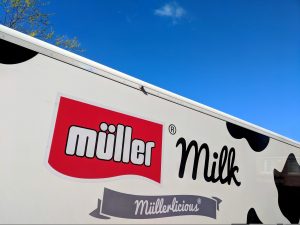
But having made good progress in reducing the prevalence of red and yellow Johne’s cows within the herd from 9% to 1.5%, he was keen not to undo the farm’s hard work.
The farm had begun whole herd testing for Johne’s some two years earlier, in April 2014, with tests carried out every quarter as part of their milk testing regime.
Although it wasn’t a requirement of their milk contract at that time, Mr Bowen believes that further down the line milk buyers could create a two-tier milk market and wanted to get ahead of the game.
Farm facts

























